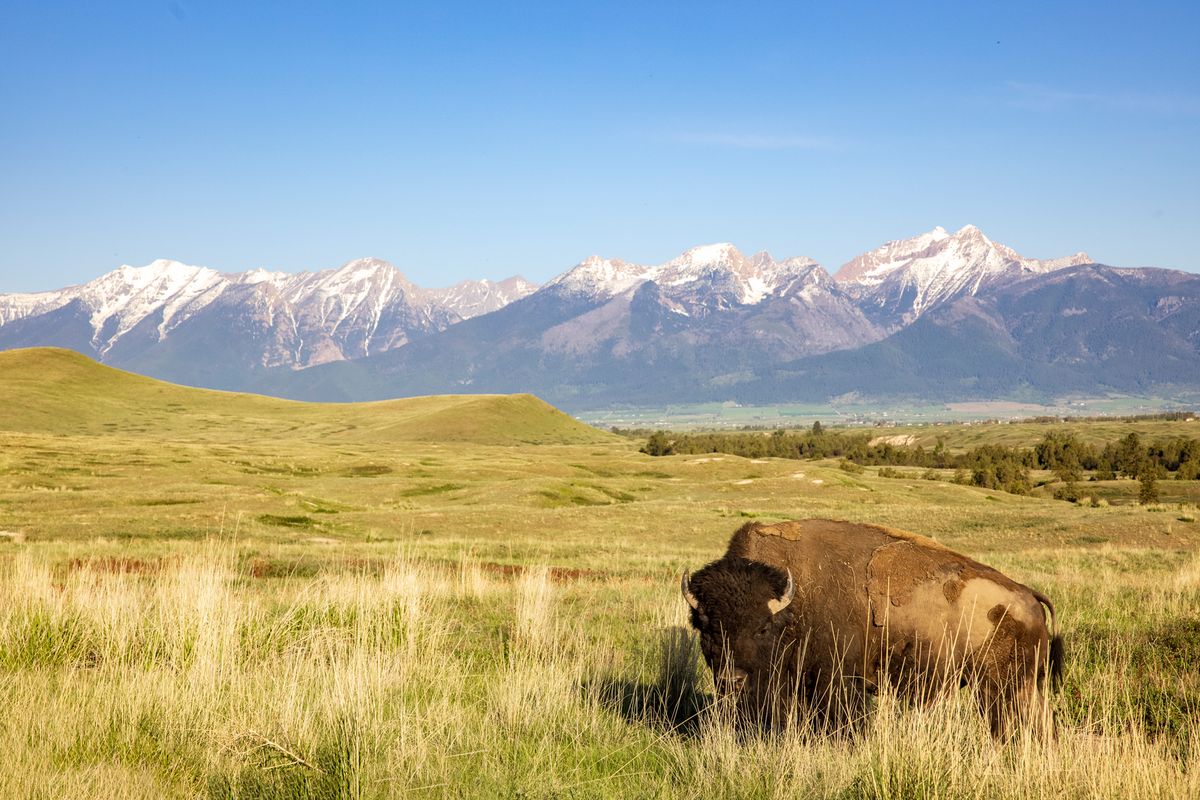Secrets Of Plant Knowledge In Montana’s Flathead Reservation

Have you ever wondered about the rich plant knowledge held by the people of Montana's Flathead Reservation? This area is home to the Confederated Salish and Kootenai Tribes, who have a deep understanding of local flora. Their traditional practices include using plants for medicine, food, and ceremonies. Imagine walking through the lush forests and meadows, guided by stories passed down through generations. You'll find that each plant has a purpose, from healing wounds to creating delicious meals. This ancient wisdom not only connects the tribes to their land but also offers valuable lessons for anyone interested in sustainable living.
Secrets of Plant Knowledge in Montana's Flathead Reservation
Montana's Flathead Reservation is a treasure trove of botanical wisdom. The Salish, Kootenai, and Pend d'Oreille tribes have cultivated a deep understanding of the flora in this region. Their knowledge spans generations, offering insights into medicinal, culinary, and ceremonial uses of plants.
Medicinal Plants
The tribes of the Flathead Reservation have long relied on the healing properties of local plants. Here are some key medicinal plants they use:
- Yarrow: Known for its ability to stop bleeding and reduce inflammation, yarrow is often used in poultices and teas.
- Echinacea: This plant boosts the immune system and is commonly used to fight colds and infections.
- Bearberry: Used to treat urinary tract infections, bearberry leaves are made into a tea.
- Oregon Grape: The root of this plant is used to treat skin conditions and digestive issues.
- Willow Bark: Containing salicin, which is similar to aspirin, willow bark is used to relieve pain and reduce fever.
Culinary Uses
Beyond their medicinal properties, many plants in the Flathead Reservation are also used in traditional cooking. These plants add unique flavors and nutritional benefits to the diet.
- Camas Root: This starchy root is often roasted or boiled and used as a staple food.
- Serviceberries: These sweet berries are eaten fresh, dried, or made into jams and syrups.
- Bitterroot: After being peeled and boiled, bitterroot is often mixed with other foods for added nutrition.
- Wild Mint: Used to flavor teas and dishes, wild mint also has digestive benefits.
- Huckleberries: These berries are a favorite for making pies, jams, and other desserts.
Ceremonial Plants
Plants also play a crucial role in the spiritual and ceremonial practices of the tribes. These plants are often used in rituals and ceremonies to promote healing and connection with nature.
- Sweetgrass: Braided and burned, sweetgrass is used in smudging ceremonies to purify and bring positive energy.
- Sage: Another smudging plant, sage is used to cleanse spaces and people.
- Cedar: Burned in ceremonies, cedar is believed to ward off negative energies.
- Tobacco: Used as an offering in many ceremonies, tobacco holds a sacred place in tribal traditions.
- Juniper: The berries and branches are used in various rituals to promote protection and healing.
Conservation Efforts
The tribes are deeply committed to preserving their plant knowledge and the natural habitats of these plants. Conservation efforts ensure that future generations can continue to benefit from this rich botanical heritage.
- Native Plant Gardens: These gardens are cultivated to educate the community about traditional plants and their uses.
- Seed Banks: Seeds of important plants are collected and stored to preserve genetic diversity.
- Sustainable Harvesting: Guidelines are followed to ensure that plants are harvested in a way that does not deplete their populations.
- Educational Programs: Workshops and classes teach both tribal members and the public about the importance of plant conservation.
- Collaborations with Scientists: Working with botanists and ecologists, the tribes aim to document and protect their plant knowledge.
The Flathead Reservation's plant knowledge is a testament to the deep connection between the tribes and their environment. This wisdom not only enriches their culture but also offers valuable insights into sustainable living and natural medicine.
Embracing Montana's Plant Wisdom
Montana's Flathead Reservation offers a rich tapestry of plant knowledge. The Salish and Kootenai tribes have preserved this wisdom for generations. From medicinal uses to culinary delights, these plants are integral to their culture. Exploring this region, you gain a deeper appreciation for nature's bounty and the traditions that honor it.
Visiting the Flathead Reservation isn't just about seeing beautiful landscapes. It's about connecting with a heritage that respects and understands the natural world. Whether you're a botany enthusiast or just curious, there's something here for everyone.
Next time you're in Montana, take the time to learn from the land and its people. You'll leave with more than just memories; you'll carry a piece of their enduring plant wisdom with you. Embrace this unique opportunity to grow your own understanding of the natural world.

